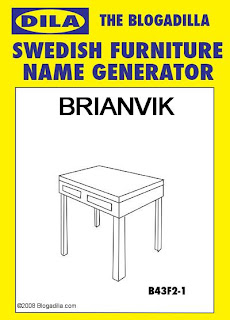NASA is partnering with the Internet Archive to bring photographs, film, and video to the public. Just as important as bringing all this media to the open Web is making easily adaptable to share.
NASA Images provides options to embed their media into other sites, and they've even created a tool to make presentations using the media (users need to register to access the tool).*
NASA understands that it is no longer acceptable to just throw your information up in a big data dump. Instead, it must be easy to use, share, and adapt.
*Note: the placement of these options are not quite intuitive. Instead of creating an overlay over the video--like YouTube, Vimeo, etc., NASA Images uses a toolbar/navigation bar.
Via:
Vnunet.com



